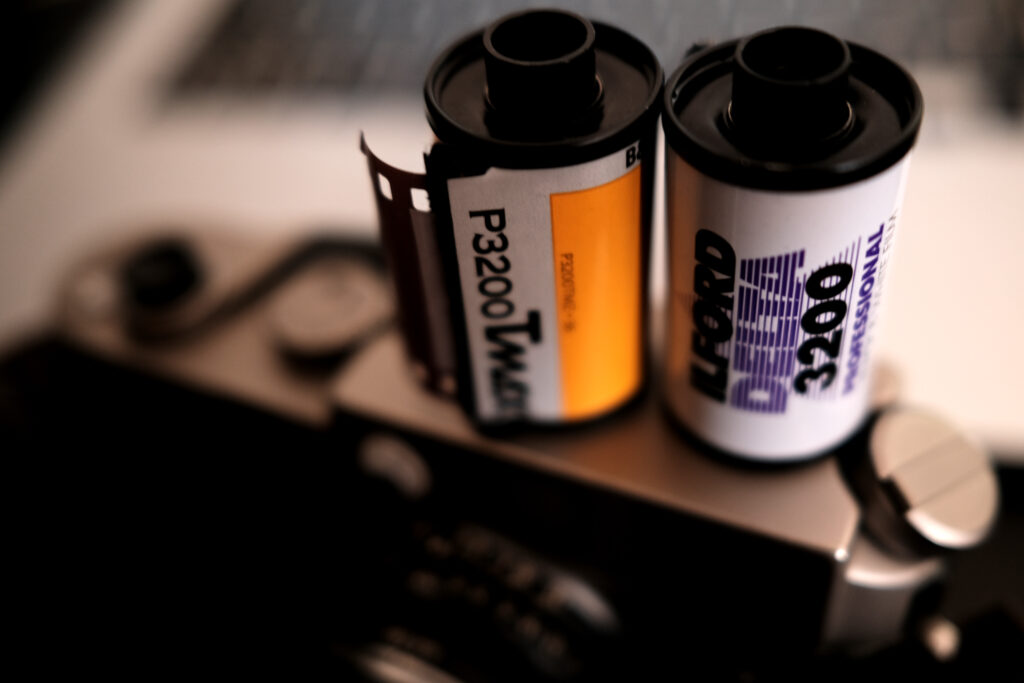
I haven’t had too much reason recently to load anything into my cameras rated higher than 400/500 – and by recently I mean a few years now. My approach to documentat...
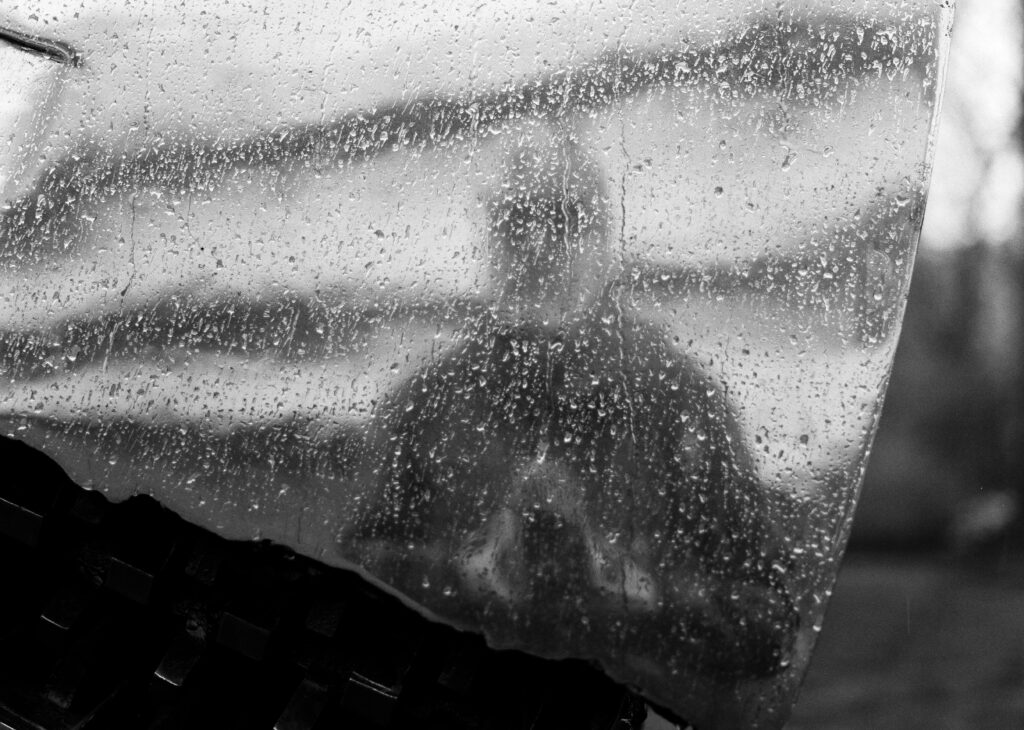
First, many thanks to all for the collective wisdom and inspiration from the 35mmc community coming out of part 1 of this informal survey of b&w film. What started as a a f...
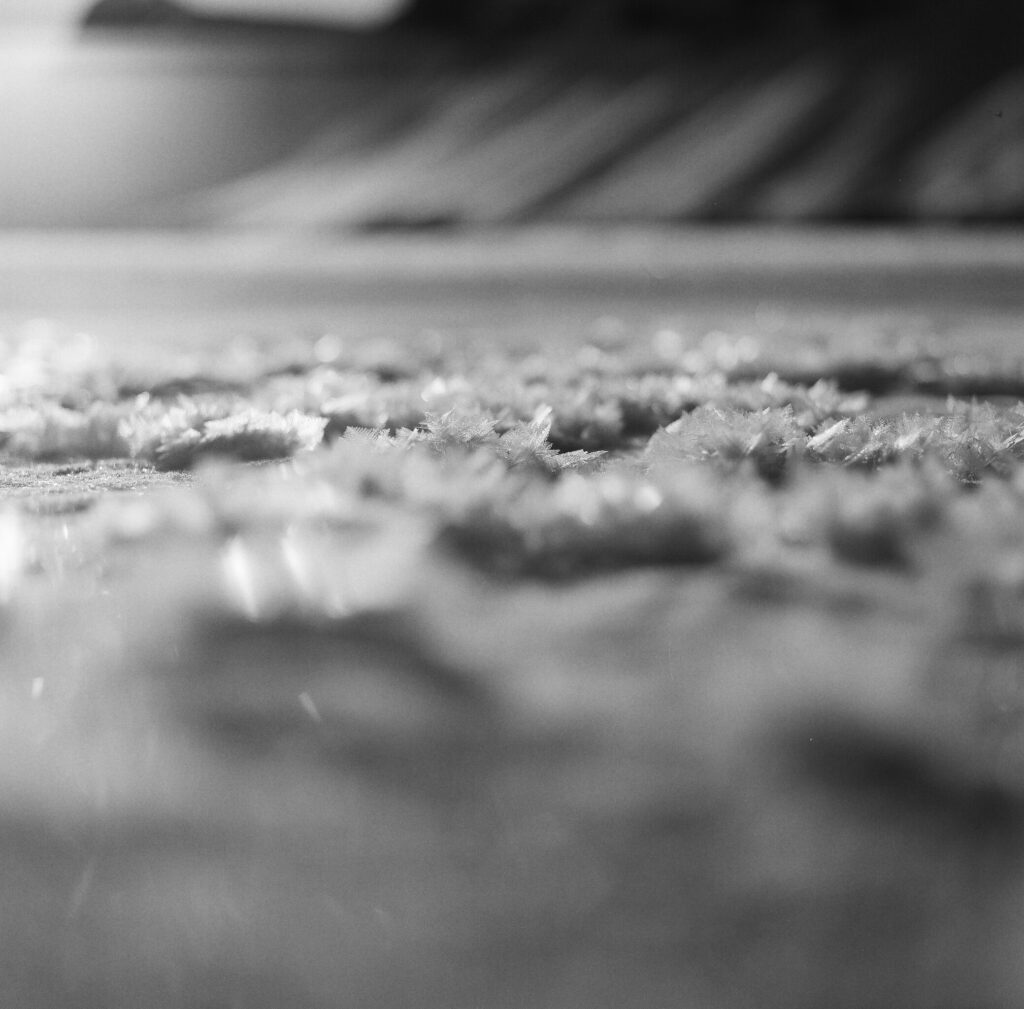
Since picking up film still cameras again in June, 2024 I’ve sampled a range of film stocks with wildly varying results, particularly in black & white. My earliest fo...
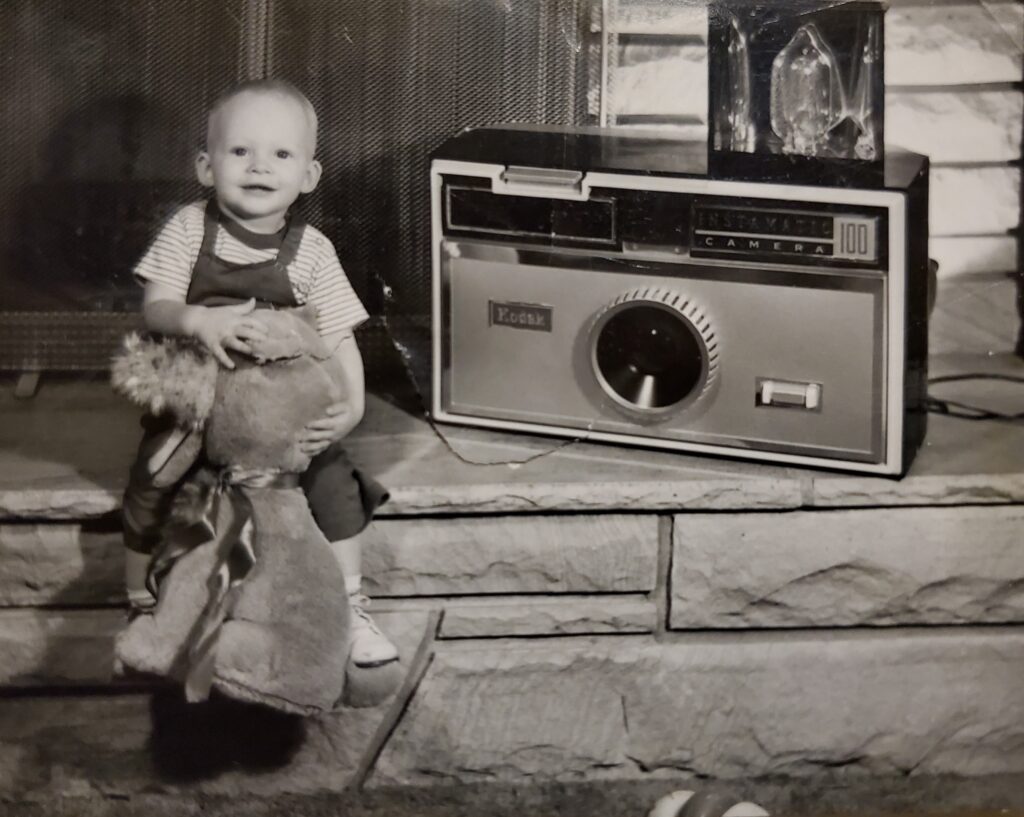
The 126 Cartridge camera and I were invented around the same time. Meaning about 1962. Kodak introduced 126 cartridge film and these instamatic cameras in 1963. Above is s a pic...
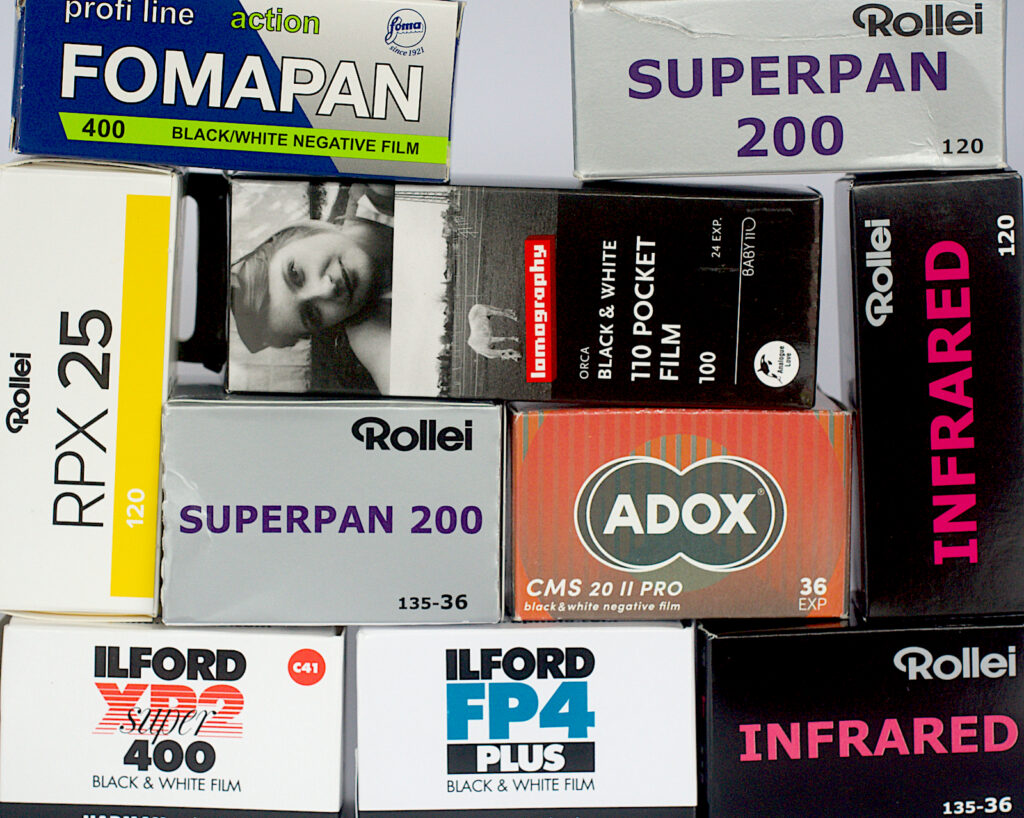
Comparison of film grain.
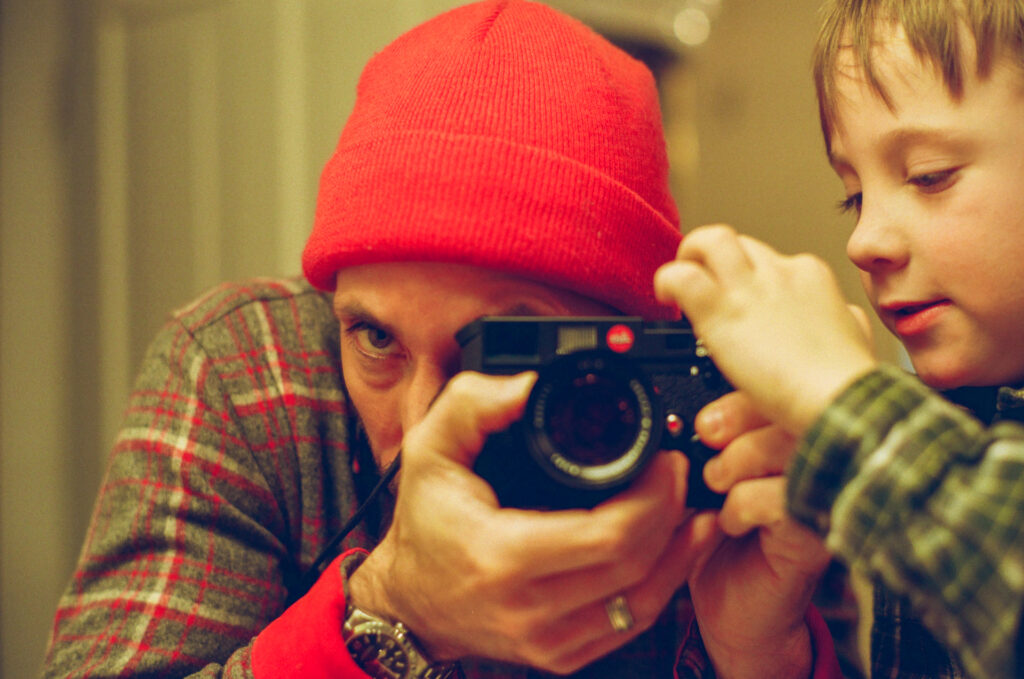
“Everything is blooming most recklessly; if it were voices instead of colors, there would be an unbelievable shrieking into the heart of the night.” — Rainer Maria Rilke I just ...
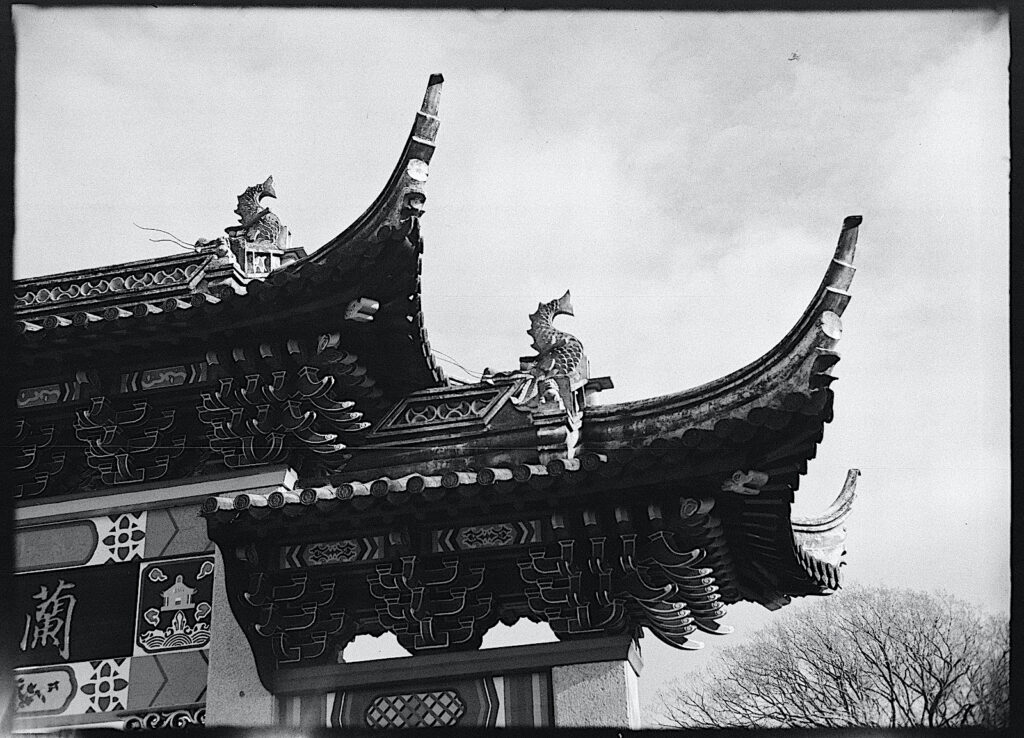
the 110 format, the cameras, film, cassettes.
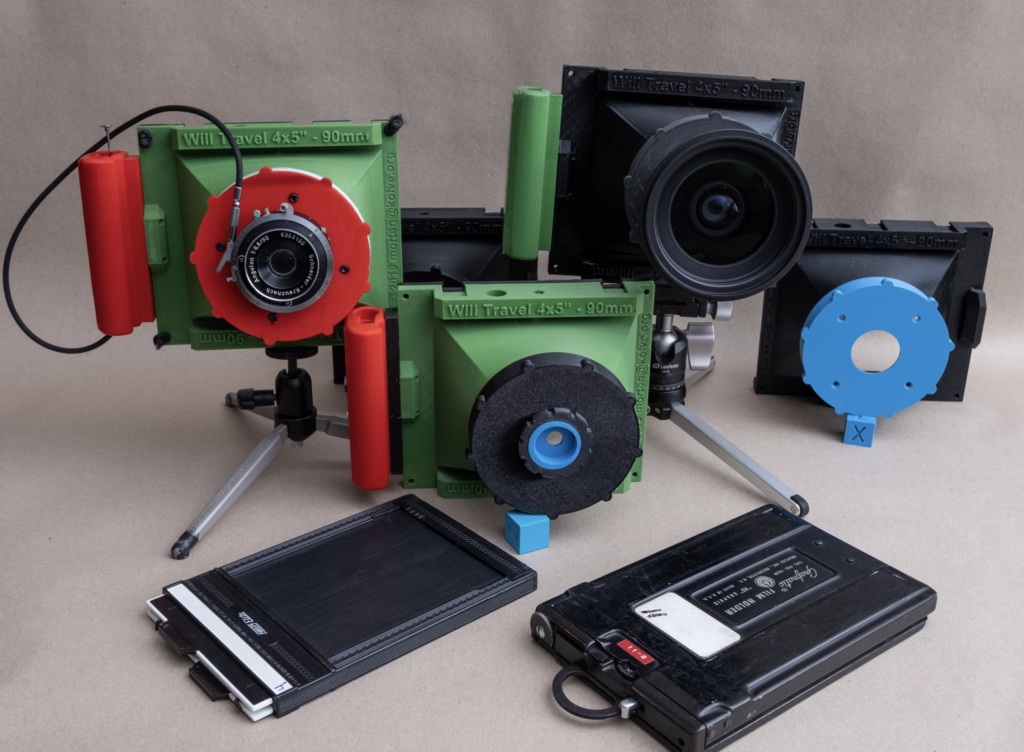
For perspective, let’s rewind our brains. In a long-forgotten time, on a planet called Earth, there were no self-driving cars, no 20MP cell phone cameras, no affordable drones, ...








